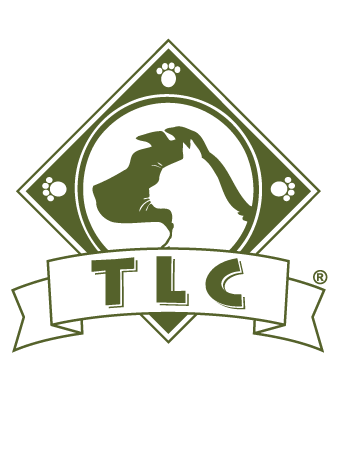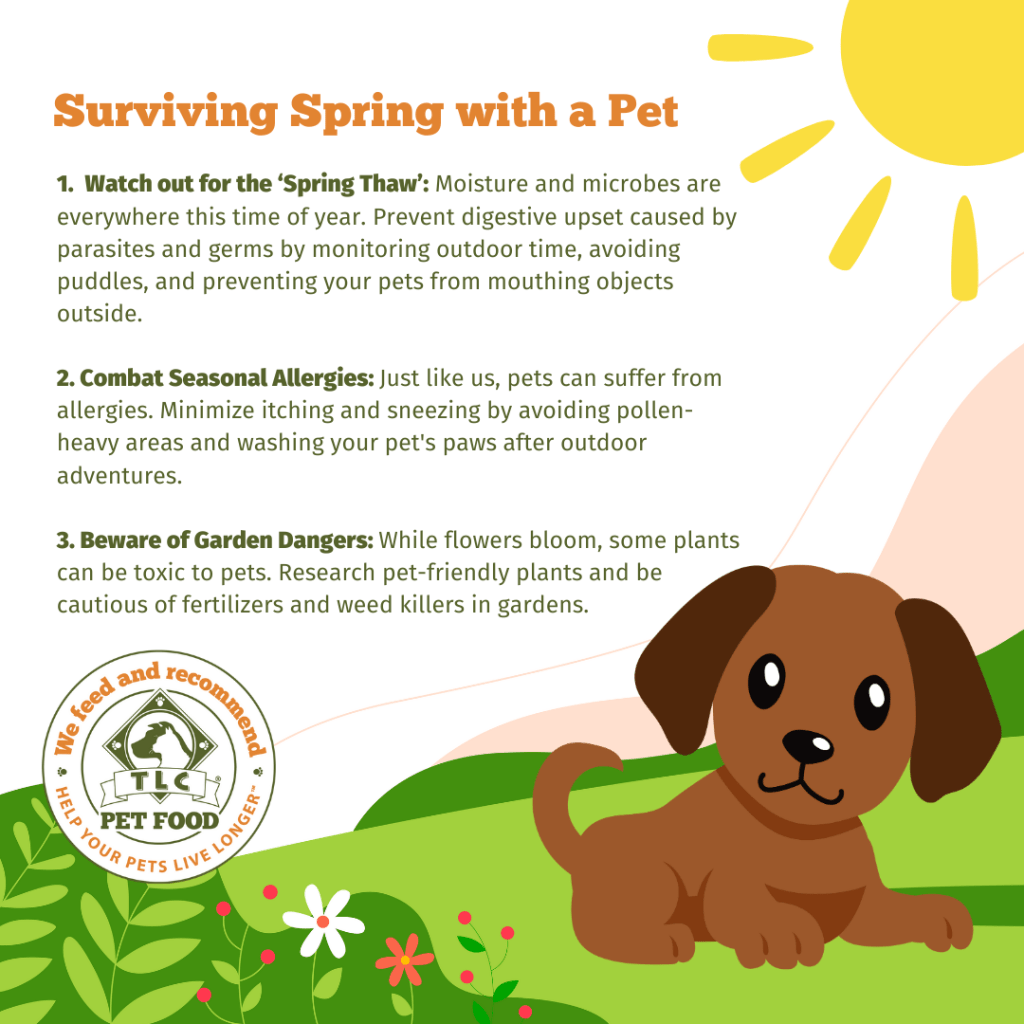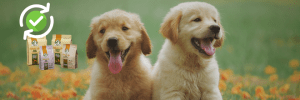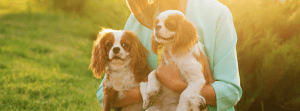With every new season comes new risks and hazards for our pets. Informing your pet parents about what new dangers arrive during the spring season will help them understand what to prepare for, what to watch out for, and what to avoid.
Check out these springtime pet safety tips and share them with your pet parents:
The Spring Thaw
Spring’s warmth is a double-edged sword, bringing with it mud, moisture, and microbes.
This season is notorious for the proliferation of germs and parasites, heightening the risk of gastrointestinal disturbances such as loose stool and upset stomach.
Vigilance is key—remind pet parents to monitor their pets closely for any signs of illness or distress. Pets should be discouraged from mouthing outdoor objects, and interactions with unfamiliar animals should be limited. Preventative measures like avoiding puddle drinking and cleaning paws after a walk or time spent outdoors can significantly reduce the risk of digestive issues and contracting a “bug.”
Seasonal Allergies
Like humans, dogs can also suffer from seasonal and environmental allergies.
Unfortunately, this means some pets will experience itchy skin and paws, dermatitis, and sneezing. Advise your pet parents that although they may not be able to prevent exposure to allergens completely, it’s best to try and limit exposure whenever possible. Pet parents can try to reduce symptoms of seasonal allergies by sticking to residential sidewalks (avoiding open fields) and by thoroughly wiping down their pet’s bodies and paws to remove pollen and grass when they return home from time outdoors.
Garden Dangers
Emerging flowers and gardens are one of the best parts of spring; however, with the beautiful colors and fragrances come dangers for our pets. Before planting a garden this spring, remind pet parents to take some time to research the plants they wish to include and to avoid plants considered toxic or poisonous to pets.
For example, lilies, tulips, hostas, and other flowers can cause digestive upset and dangerous toxicity if ingested by our pets.
Warn pet parents to be extra cautious about letting their dogs roam lawns and gardens in the spring; many people use different types of fertilizers and weed killers this time of year, which can be hazardous for their pets.
Do Your Pet Parents Know?
Increased daylight and higher temperatures can impact our pets’ appetite. As spring continues, pet parents may notice their pet is starting to eat less due to the hormonal changes they experience during the warmer months that slow their metabolism and feeding intake.
Talking to Your Pet Parents
Share the URL to your personalized web page to offer your audience $5 off their first order with TLC. Always replace the default image that appears when you share your URL with your own images/video OR click to download and share the image below with your social media posts.
The URL to Your Personalized TLC Web Page:
Right-click to download and share the image below. Use the copy or create your own to share these helpful springtime safety tips with your pet parents on your social media pages!
Spring brings new adventures for our furry friends, but also new risks🌷. Check out these springtime safety tips from @tlcpetfood and stay vigilant this season!
Feed a complete and balanced diet like TLC Pet Food for optimal digestion of important meat-based proteins, whole grains, and vitamins.
Save $5 on your first order when you use our link.





